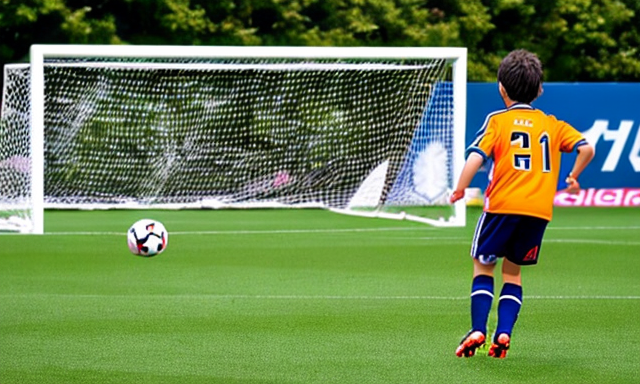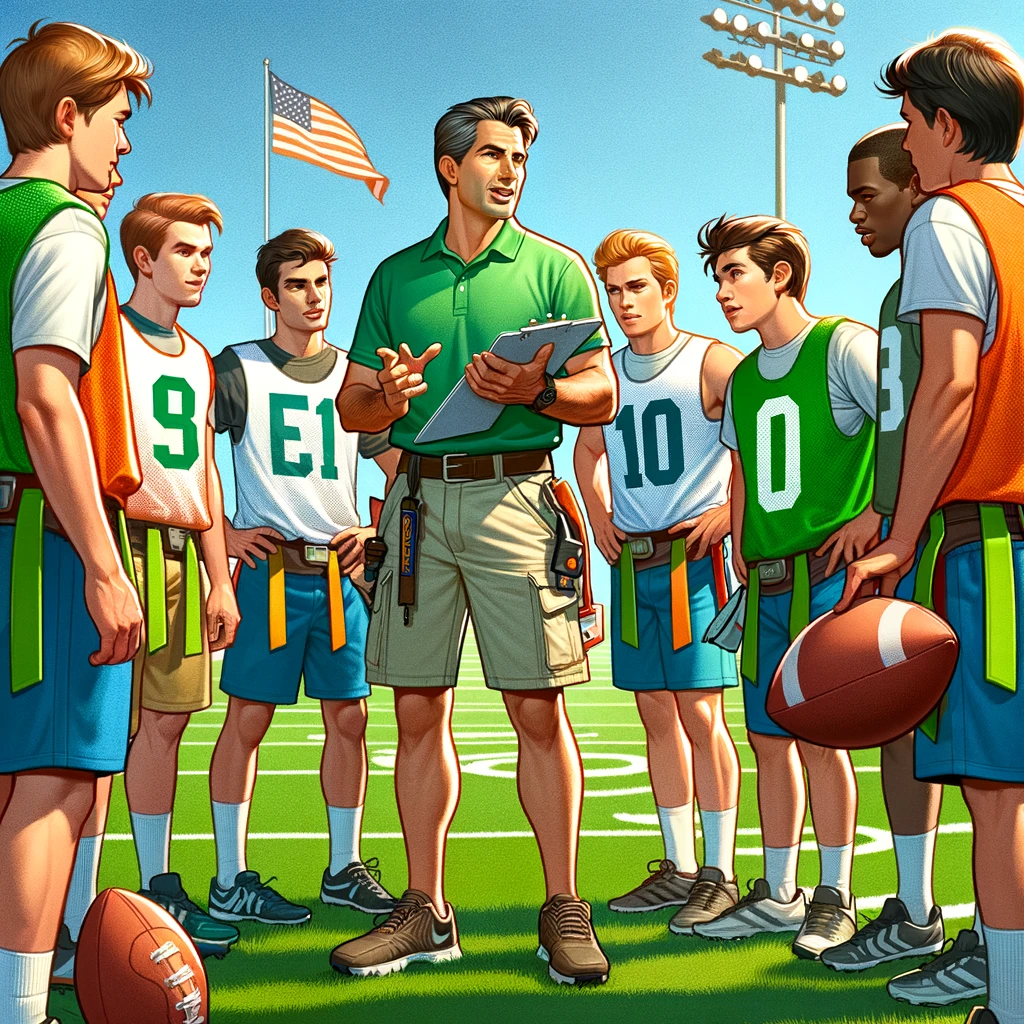Unleashing the Mini Strikers: A Guide to the Forward Role in Youth Soccer

Soccer is a beautiful game that captures the hearts of players and fans alike. For the youngest members of the soccer community, the striker position holds a special allure. As the goal-scoring heroes of the team, strikers play a crucial role in shaping the outcome of a match.
Understanding the Striker Position:
The striker, often referred to as the forward, is the player responsible for scoring goals. In youth soccer, this position is vital for instilling a sense of enthusiasm and passion for the game. At the age of 7, children are in the early stages of developing their soccer skills, and the striker position offers a perfect platform for honing these abilities.
Key Skills for Mini Strikers:
- Dribbling: Dribbling is the art of maneuvering the ball skillfully past opponents. Mini strikers should practice close ball control, using both feet to navigate through defenders and reach the goal.
- Shooting: Scoring goals is the ultimate thrill for a striker. Teach your young players the basics of shooting – using the inside of the foot for accuracy and the instep for power. Encourage them to practice shooting from different angles.
- Positioning: Instill the importance of being in the right place at the right time. Mini strikers should learn to position themselves close to the opponent’s goal, ready to receive passes or capitalize on rebounds.
- Teamwork: While strikers are known for their goal-scoring prowess, emphasize the significance of teamwork. Encourage them to pass to teammates in better positions and celebrate goals as a collective achievement.
- Speed and Agility: At this age, developing speed and agility is crucial. Incorporate fun drills that enhance their quickness and ability to change direction rapidly.
Coaching Tips for Youth Strikers:
- Positive Reinforcement: Celebrate every effort, whether it results in a goal or not. Positive reinforcement boosts a child’s confidence and love for the game.
- Fun Drills: Make learning enjoyable by incorporating games and drills that focus on fundamental striker skills. Use cones, small goals, and obstacles to create engaging practice sessions.
- Rotate Positions: While it’s essential for players to specialize in their roles, occasionally rotating positions during training can help them understand the game from different perspectives and develop a more well-rounded skill set.
- Encourage Creativity: Allow room for creativity on the field. Strikers, even at a young age, should feel empowered to try new moves and express themselves during games.
The striker position in youth soccer is a gateway to fostering a love for the game and developing essential skills. As coaches and parents, our role is to nurture the passion these mini strikers have for scoring goals. By emphasizing teamwork, providing positive reinforcement, and incorporating fun drills, we can help these young players not only become effective strikers but also well-rounded soccer enthusiasts. So, let’s lace up those tiny boots and watch as our mini strikers light up the field with goals, smiles, and the joy of playing the beautiful game.

